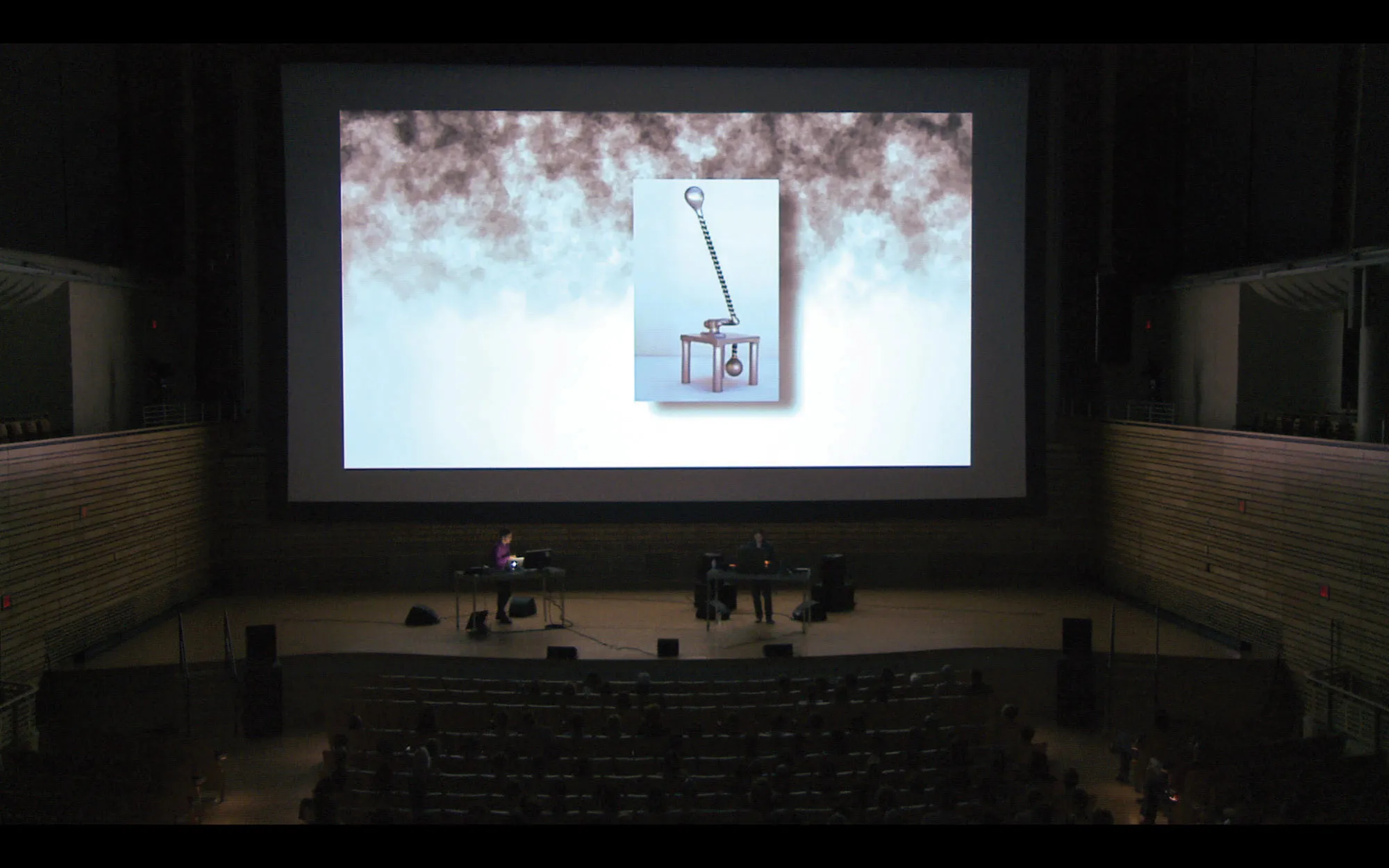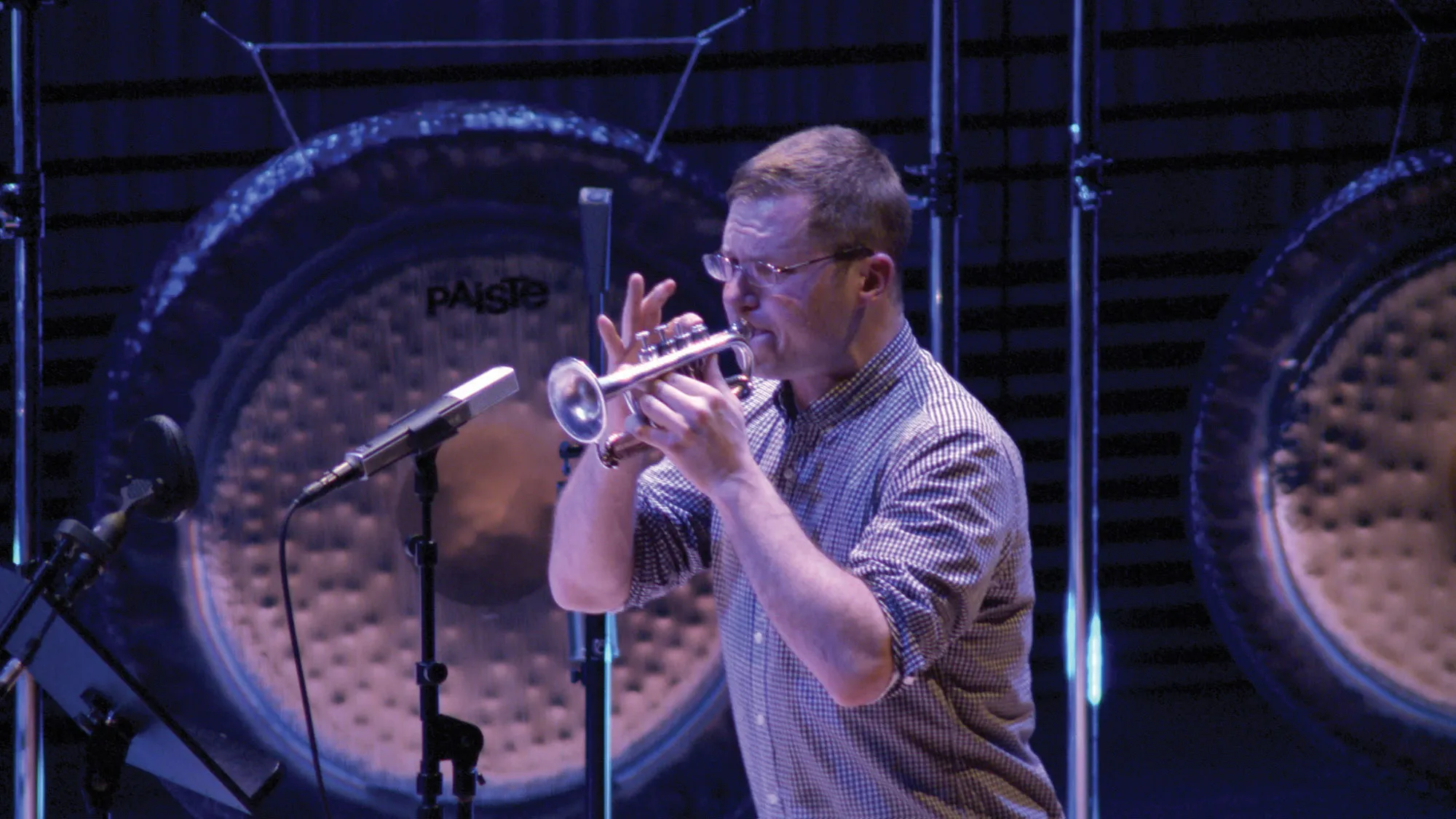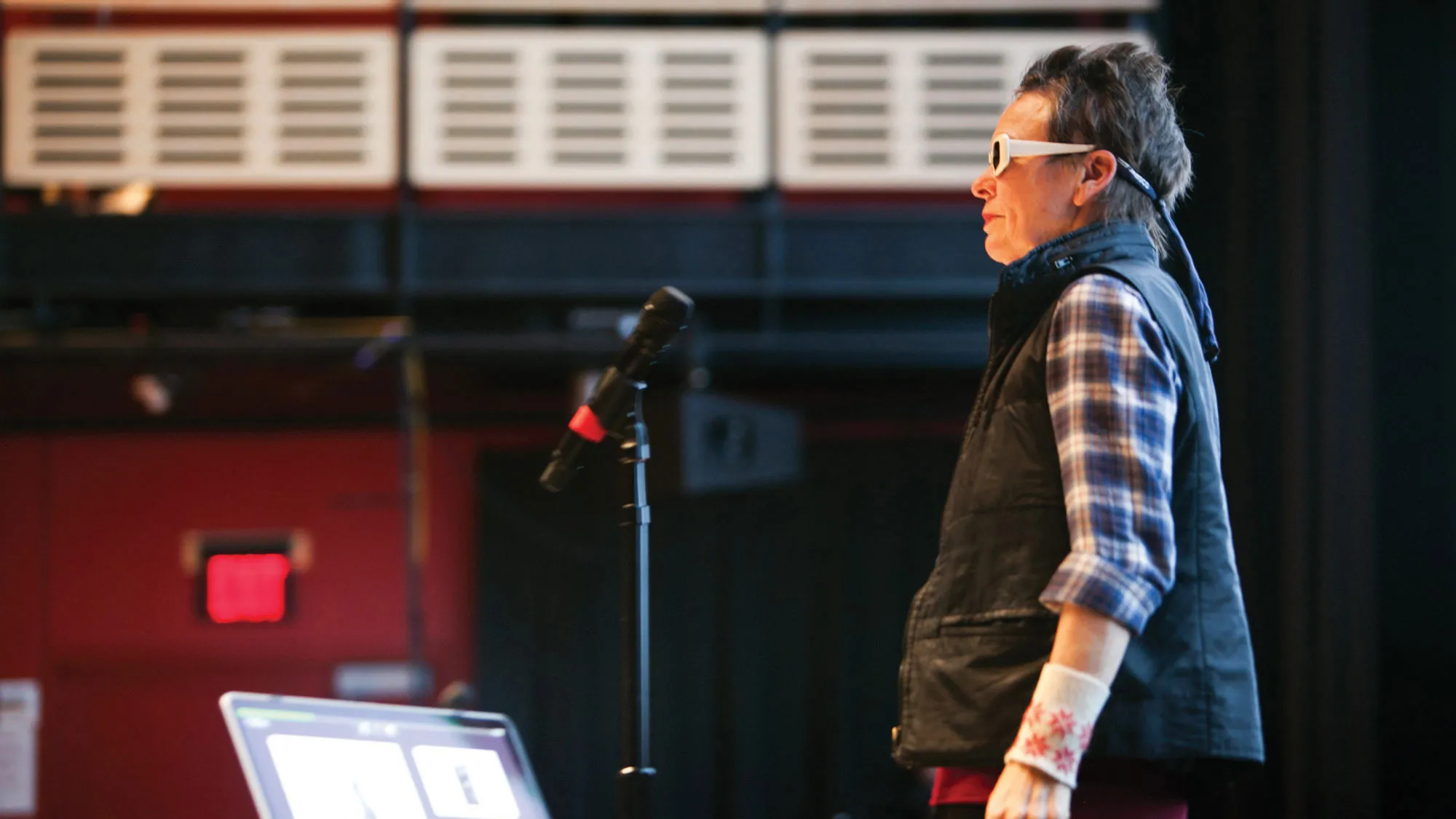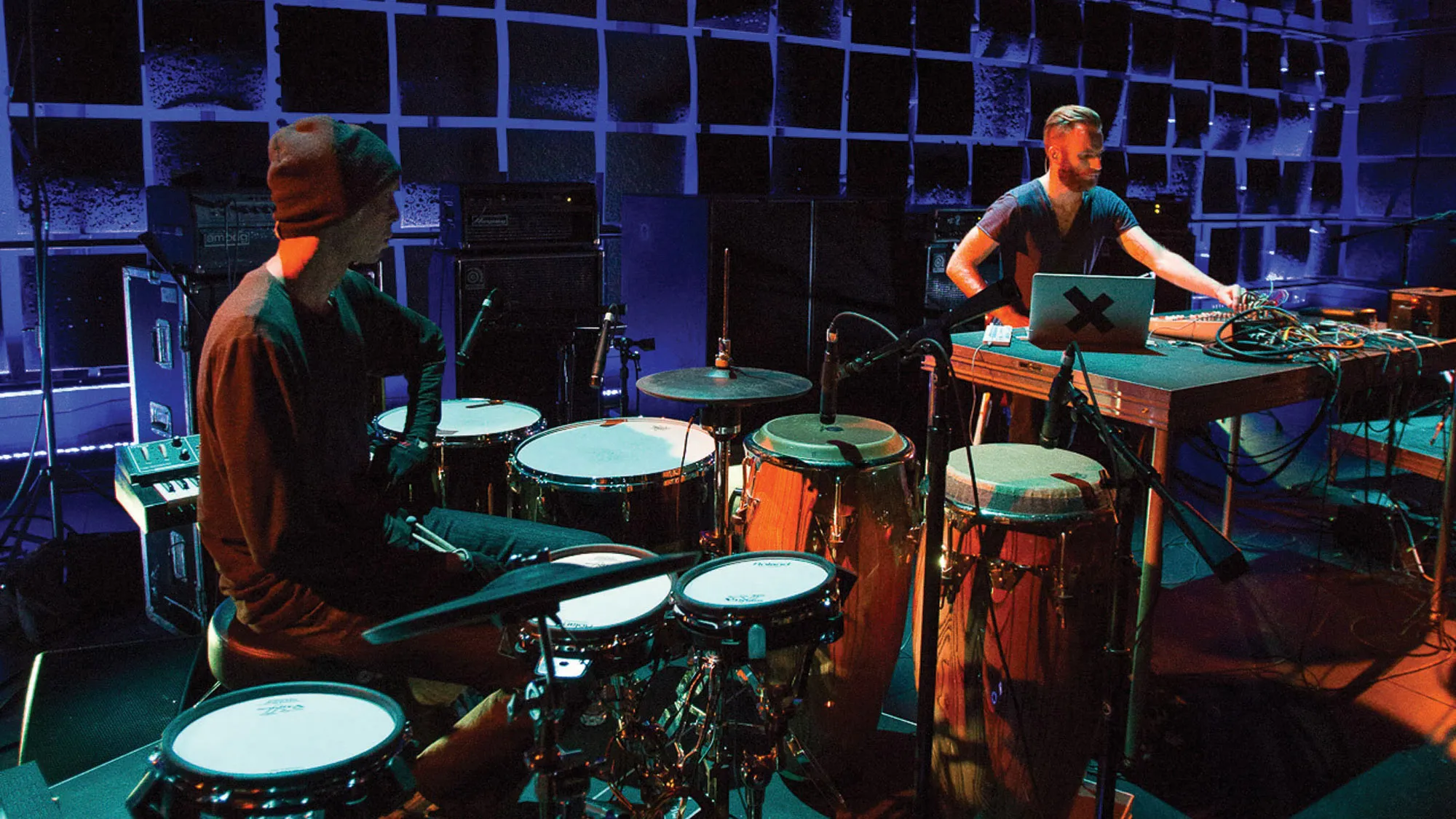Nocturnes
Best known for his ambient, slowly evolving sound compositions such as The Disintegration Loops (2002), tape-loop tinkerer William Basinski presents his most recent piece, Nocturnes. Originally recorded in 1979, the piano metallic tape loop used in Nocturnes was stored for more than 30 years, gradually being degraded and transmuted by time. Basinski has further altered the identity of the sound by removing the attacks of the piano and overlaying them, creating an underwater-like atmosphere that is strangely recognizable as the ghost of the piano.
William Basinski is a classically trained musician and composer who has been working in experimental media for over 25 years. His haunting and melancholy soundscapes explore the temporal nature of life, resounding with the reverberations of memory and the mystery of time. His epic four-disc masterwork, The Disintegration Loops, received international critical acclaim and was chosen as one of the top 50 albums of 2004 by Pitchfork Media. Artforum magazine selected The River, Basinski’s transcendental two-disc shortwave music experiment on Raster-Noton.de, Germany, as one of the top 10 albums of 2003. His concerts, installations, and films made in collaboration with artist-filmmaker James Elaine have been presented internationally, most recently at the Venice Biennale; Happy New Ears Festival, Belgium; Focus: ONE Festival, Poland; Festival Filosofia, Carpi, Italy; and Cité de la Musique, Paris, among others. Basinski's latest albums, 92982 and Vivian & Ondine, were released in 2009 on 2062/USA and distributed internationally. The Wire magazine selected 92982 as one of the top 50 releases of 2009.





